Skunk cabbage leaves a bad smell
Posted on
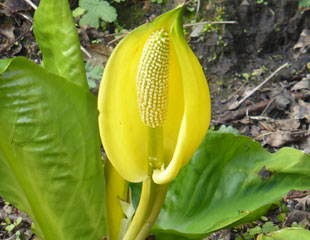 |
Skunk Cabbage, latin name Lysichiton americanus is now officially of concern, and soon to be banned, because of its invasive nature which crowds out native plants. Skunk Cabbage is now subject to EU Invasive Alien species regulations which come into force about now. If you are already growing skunk cabbage, you will not have to remove it, but the regulations will restrict the movement, transport and disposal of the plants. Retailers have 12 months to sell off existing stock. Skunk Cabbage is a bog plant which will grow happily in most conditions providing it is wet and it produces large impressive yellow flowers and an equally impressive bad smell so not my idea of a scented plant, but it is popular. Large clumps can be seen growing in gardens and at RHS Wisely and Harlow Carr. The concern is that the seeds travel in the watercourse to our native wetlands and then swamp the native plants which interferes with the flora and fauna existing in the unique marshland environment. The RSPB have expressed concern about the Skunk cabbage and it's potential damage to habitats. The non native plant with it's size and vigour will threaten the biodiversity of the marshes and nature reserves. For more information listing invasive plants visit the plant life web site. |

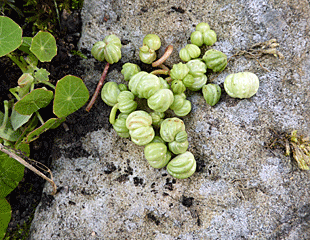
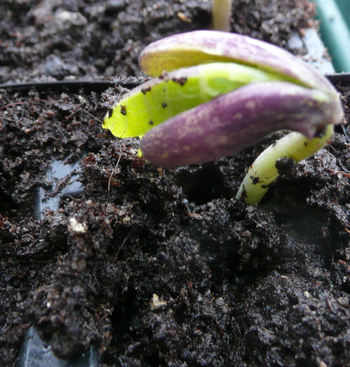
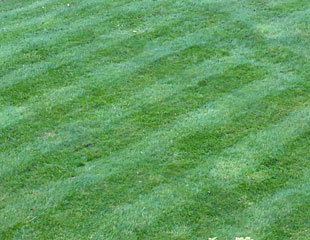
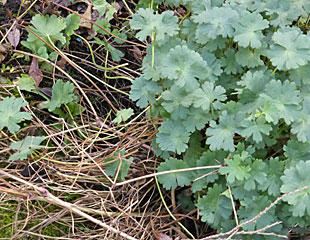 Some of the Geraniums have produced a lot of new growth. In the image is
Some of the Geraniums have produced a lot of new growth. In the image is